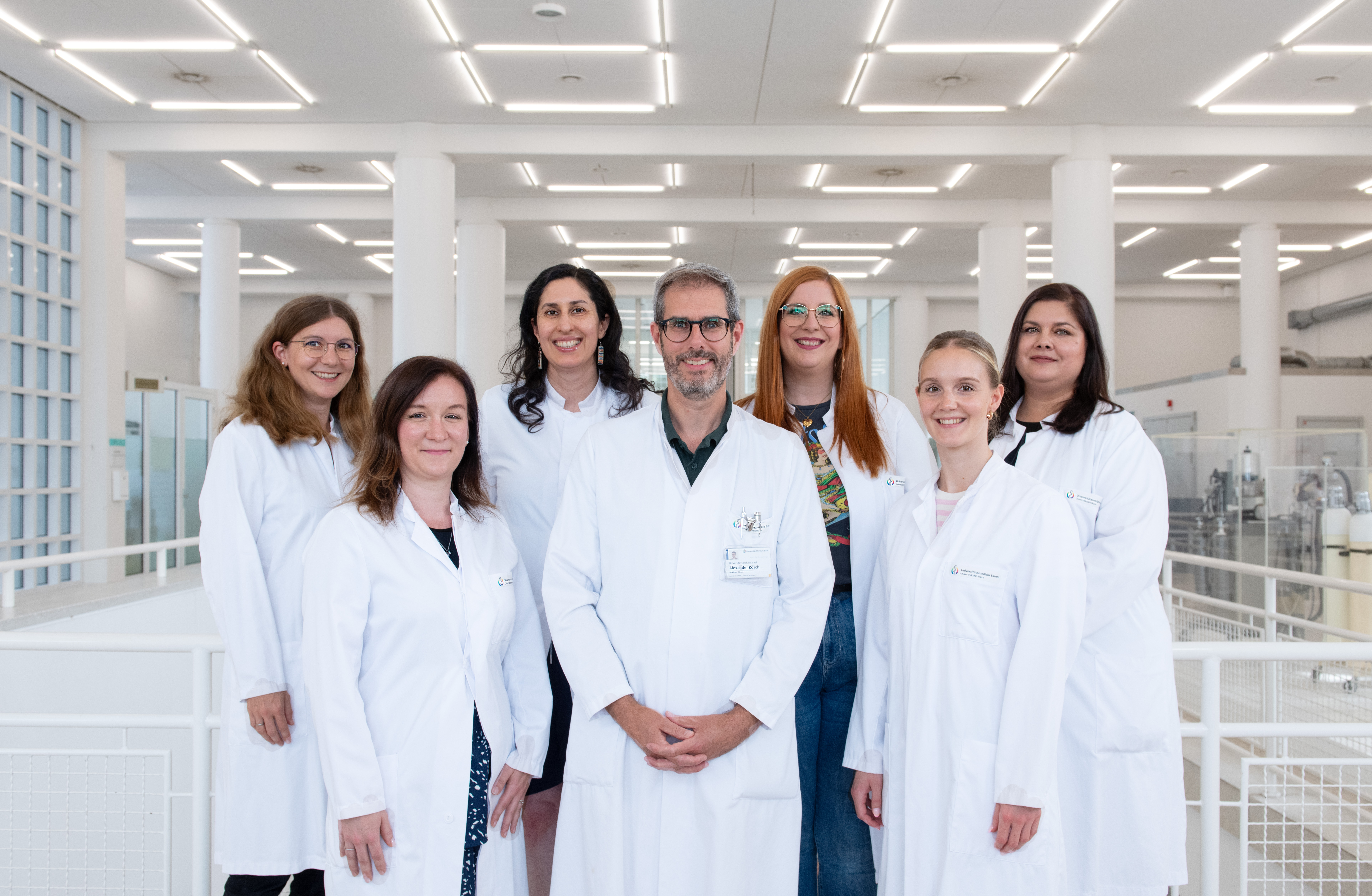
AG Tumorheterogenität & Plastizität (Roesch)
Melanoma is an aggressive tumor with dramatically reduced patient survival when disseminated to distant organs. Despite the historic success of modern cancer drugs, the cure of patients is hampered by the notorious tumor heterogeneity and plasticity of melanoma leading to therapy failure in most cases and limited diagnostic options to monitor therapy response/resistance over time.
Read more: https://www.uni-due.de/zmb/members/alexander-roesch.php
Tumor cell state switching & Therapy resistance in melanoma
Accumulating evidence indicates that therapy and immune escape in cancer is not solely driven by genetic evolution, but also by the epigenetic adaptive plasticity of cell phenotypes. Current findings by us and others point to an understanding of melanoma as a highly plastic system, in which tumor cell subpopulations dynamically switch between multiple cellular identities (e.g. differentiated vs. de-differentiated, OXPHOS-driven vs. glycolytic, high vs. low ROS detoxifying, etc.) depending on the current therapeutic and microenvironmental context. As initiator and consortial member of the Clinical Research Unit CRU/KFO 337 (PhenoTImE), we are using established and patient-derived cell systems to study and track tumor cell states across different cancer entities in the context of signaling-targeted and immune checkpoint therapies. Technology-wise, our group applies for example cell state-directed fluorescent reporter constructs, multiplexed CODEX™ imaging, mass-spectrometry imaging, mass-spectrometric metabolomics, and, for cell manipulation, CRISPR/Cas9 editing and chemical compound libraries
Regulation of tumor cell fate decisions
The phenotypic capacity to reversibly switch between different cell states provides a fundamental advantage for tumors to survive selective pressure. Our group has focused on the preclinical and clinical description of melanoma persister cell states over the past years. We have shown that melanomas irrespective of their genetic heterogeneity comprise multi-drug resistant, non-proliferating cells that repopulate the tumor and are identified by high expression of the histone H3K4 demethylase KDM5B (JARID1B). However, the exact role of KDM5B for regulating cellular identity and ways to exploit it for biomedical applications are still unclear; especially since the expression of KDM5B does not follow a static hierarchy, but is dynamically changing depending on the therapeutic con-text. Specifically, we hypothesize that KDM5B is a dynamic molecular switch that interconnects cell differentiation and cell cycle control. A deeper understanding of the switches between KDM5B levels and how this triggers transitions in cell states could lead to novel drugs with significant improvement in cancer treatment.
Liquid biopsy and Tumor monitoring
Personalized oncology has not managed yet to overcome the limitation by inter- and intra-tumor heterogeneity in patients. This dilemma is even further complicated by the limited real-time information that translational research in humans but also in common mouse models can provide due to the high invasiveness of its mostly tissue biopsy-based design. In contrast, liquid biopsies, comprising the noninvasive analysis of circulating tumor-derived material in the blood, represent an innovative tool in precision oncology to overcome current limitations associated with tissue biopsies; however, mostly unspecific markers are used for the sole assessment of tumor load so far, while biology-specific read-outs are not yet implemented. As part of the EU Horizon 2020 Marie Curie Training Program MELGEN and an active member of the European Liquid Biopsy Society (ELBS), we have established a multi-analyte, multi-marker liquid biopsy platform for diagnostic and therapy monitoring application. The goal of our LB projects is to develop a multilateral liquid biopsy platform that allows tumor load monitoring and assessment of tumor biological processes, such as phenotype switching, in melanoma patients and mouse models.
For more details, please also visit our ZMB webpage https://www.uni-due.de/zmb/members/alexander-roesch.php
Please also follow us on Twitter: Roesch Lab (@LabRoesch) or Clinical Research Unit CRU 337 (@cru337).
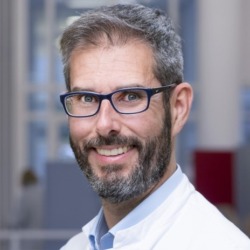
Univ-Prof. Dr. med.
Alexander Rösch
Stellvertretender Klinikdirektor der Klinik für Dermatologie,
Facharzt für Haut- und Geschlechtskrankheiten,
Zusatzbezeichnung: Medikamentöse Tumortherapie
Tumor heterogeneity & plasticity
Melanoma is an aggressive tumor with dramatically reduced patient survival when disseminated to distant organs. The overall focus of our group is the phenotypic tumor heterogeneity in malignant melanoma and the long-term fate of distinct melanoma cell subpopulations. Despite the historic response rates that are seen for targeted therapies in melanomas, relapses recur within a few months indicating gradually developing therapy resistance, e.g. via adaptive and acquired (re-) activation of key pathways such as MAPK or PI3K signaling. However, some melanoma cells can also survive the very first contact with drugs (primary resistance via intrinsic resistance). Cytotoxic drugs but also modern targeted therapies principally affect rapidly dividing cells. Thus, particularly slow-cycling cell subpopulations may escape therapy a priori irrespective of their genetic origin and contribute to disease progression. We have recently confirmed that slow-cycling and long-term tumor maintaining melanoma cells are resistant to therapeutic attacks irrespective of the pharmacologic agents used. These cells play an important role in tumor repopulation but do not follow a classic cancer stem cell hierarchy. Our quest for the molecular basis of slow-cycling melanoma cells (characterized by the histone 3 K4 demethylase JARID1B/KDM5B) surprisingly indicated a possible role of bioenergetic proteins such as mitochondrial enzymes. Following the basic hypothesis that rapidly growing cancer cells are characterized by high glycolysis, whereas slow-cycling, therapy resistant cells more rely on mitochondrial oxidative phosphorylation (OXPHOS), we further dissect the different bioenergetic states of melanoma cell subpopulations in vitro and in vivo under changing microenvironmental conditions. At the moment, we are working on ways to overcome the intrinsic therapy resistance of melanoma cell subpopulations in vitro and in vivo.
Topic 1: Biology of melanoma
- tumor heterogeneity
- bioenergetic metabolism
- phenotypic plasticity of melanoma cell subpopulations
- cancer stemness and its dynamics
- histone 3 K4 demethylases
- in vitro and in vivo modeling
Topic 2: Translational research
- biomarkers
- drug development
- small compound screening
- biobanking
- liquid biopsy

Group Leader

Univ-Prof. Dr. med.
Alexander Rösch
Stellvertretender Klinikdirektor der Klinik für Dermatologie,
Facharzt für Haut- und Geschlechtskrankheiten,
Zusatzbezeichnung: Medikamentöse Tumortherapie
Postdoctoral Scientists
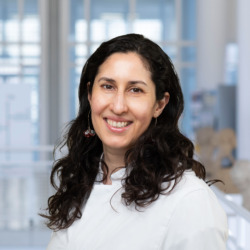
Dr. rer. nat.
Batool Shannan
Lead Scientist – Research Interests: Tumor Modelling and Drug Resistance
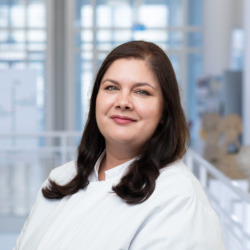
Dr. rer. nat.
Renata Varaljai
Lead Scientist – Research Interests: Liquid Biopsy and Precision Medicine
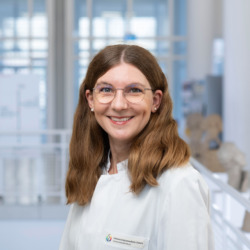
Dr. rer. nat.
Heike Chauvistré
Postdoc – Dynamic cell state transitions and their effect on melanoma therapy resistance.
Senior technician
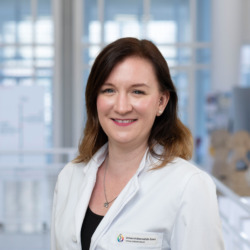
Anna Höwner
Labormanagerin
ALUMNI

Dr. rer. nat.
Stefanie Egetemaier
Postdoc – Research Interests: The role of JARID1B/KDM5B in the metabolic circuitry and phenotypic therapy resistance.

Dr. rer. nat.
Felix Vogel
Postdoc
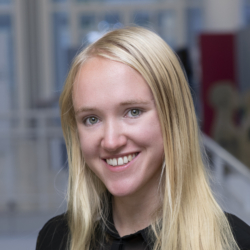
Alexandra Hommel
PhD student – Research Interests: Chromatin landscaping, PROTAC
Technical Assistants

Sarah Scharfenberg
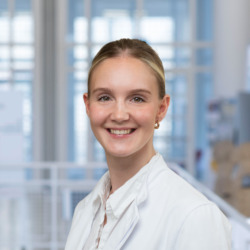
Valéria Schröder
Biologisch Technische Assistentin
Studentische Hilfskräfte

Anosha Arshad
SHK

Laura Kramer
SHK